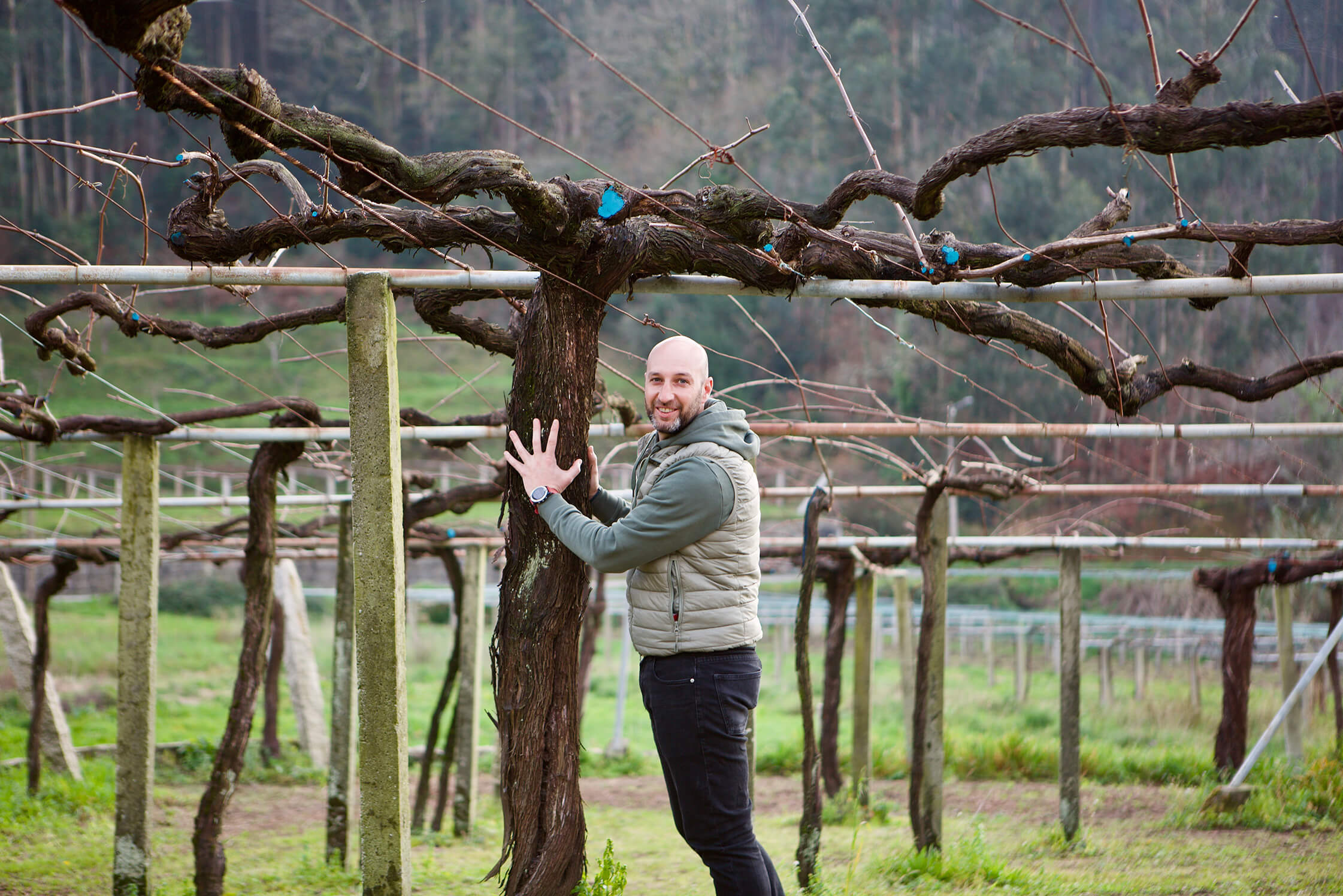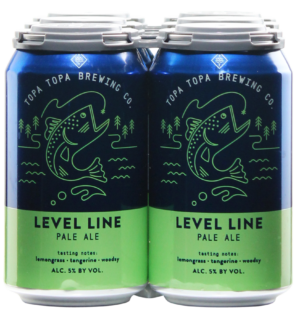2022 Pedro Mendez Viño Branco Albariño
Pedro Méndez doesn’t yet have the world’s attention, but he’s well represented in Spain’s top restaurants, including dozens of Michelin-starred spots throughout the country, including País Vasco’s three-star Arzak. His micro-production of ancient-vine Albariño is a treat to say the least and we’ll take what we can get.
Sustainable farming practices and less than 300 cases produced annually
- Tasting Notes sweet Meyer lemon, sweetened juicy lime, honeysuckle, agave, salty ocean breeze
- Variety Albariño
- Region Spain, Rias Baixas
- Volume 750ml
- Alcohol Volume 12.5%
- Table Talk This wine is made from pre-phylloxera Albariño vines that are nearly 200 years old. They look more like trees than vines (see below).

Pedro Méndez doesn’t yet have the world’s attention, but he’s well represented in Spain’s top culinary destinations, including dozens of Michelin-starred spots throughout the country, including País Vasco’s three-star Arzak, an institution that landed its first star in 1974.
Pedro’s breakthrough into Spain’s top spots started with his reds—50-70-year-old Mencía and Caíño Tinto vines, with the former a peculiar variety for the appellation, especially with its enviable vine age. With just over 1000 bottles produced of each of the two reds, more than half of them are sold to Spanish Michelin-starred restaurants, and most of the rest to top local restaurants. This says something, no? We’re lucky to import a quarter of Pedro’s production of reds along with a quarter of his micro-production, ancient-vine Albariños. It’s not much wine, but we’ll take them.
Related Items
-
2023 Hundred Suns ‘Old Eight Cut’ Willamette Valley Pinot Noir
$40.00The Old Eight Cut refers to a diamond cut dating back to the 1400s using simple tools and few cuts to enhance the natural brilliance of the stone without disguising its true nature.
The first sip shows a center point of sweetness that is buttressed by dark red fruit, ripe tannins and a hint of nori that give the wine a serious edge. With air and time, the sappy spicy notes that come from partial whole cluster fermentation resonate on the finish, making this wine one with incredible depth that will drink well now and over the next 10 years.
Sustainable farming practices, dry-farmed, native yeast and partial whole cluster fermentation
-
2018 Domaine Alain Burguet Chambertin ‘Clos de Bèze’ Grand Cru
$600.00If you know, you know. ‘Clos de Bèze’ is the most prestigious and sought-after Grand Crus in Gevrey-Chambertin. For collectors, this wine is a great investment. It will only continue to appreciate in value as it ages over the next 10-20 years.
Practicing organic viticulture, hand-harvested, native yeast fermentation, unfined/unfiltered and only 100 cases produced.





